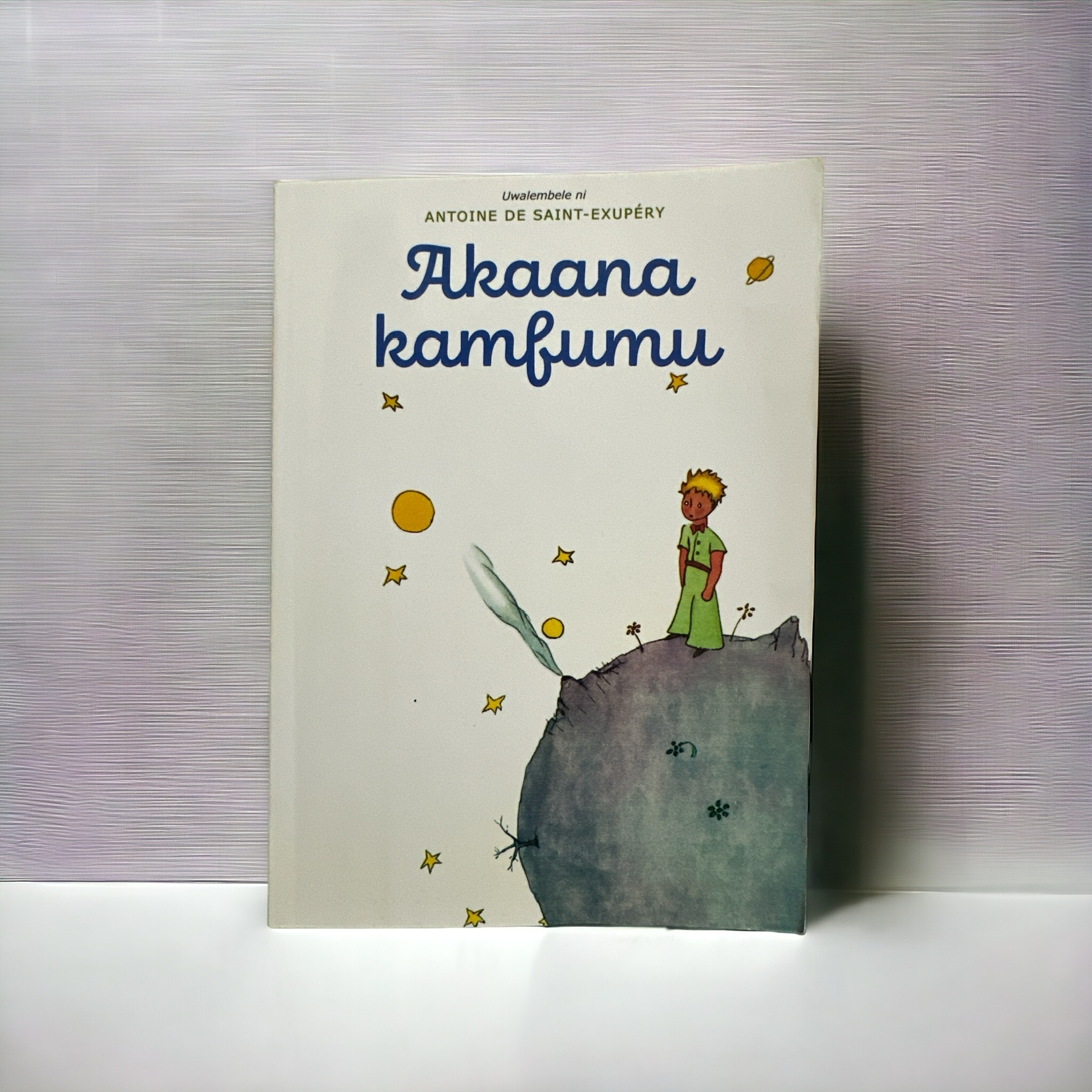
Akaana Kamfumu — in Bemba language.
The Bemba language, spoken primarily in the northeast of Zambia, is a Bantu language and shares many characteristics typical of Bantu languages. It is known for its agglutinative nature, reliance on prefixes, and a system of several noun classes. Bemba also features a large set of verbal aspects and tenses, and like English, follows a subject-verb-object word order. The language is tonal, with two tones, but tone has limited effect on meaning as the number of words that would otherwise be confused is small.
Bemba’s noun class system is quite elaborate, typical of Bantu languages, involving pluralization patterns, agreement marking, and pronominal reference patterns. The language has around 20 different classes, including basic classes, subclasses, and locative classes, each indicated by a class prefix and co-occurring agreement markers on adjectives, numerals, and verbs.
The language’s verb structure is also complex, with the basic structure involving a subject marker, a tense/aspect/mood marker, an object marker, a verb root, an extension, a final vowel, and suffixes. Bemba distinguishes numerous tenses on the verb form, including Today Past, Recent Past, Remote Past, Present, Today Future, and Later Future.
In comparison to neighboring languages, Bemba’s unique tonal system and complex noun class system are noteworthy. While it shares the Bantu language family’s typical agglutinative nature and reliance on prefixes, the specific details of its grammar, such as its noun classes and verb conjugation patterns, differentiate it from other Bantu languages spoken in the region.


